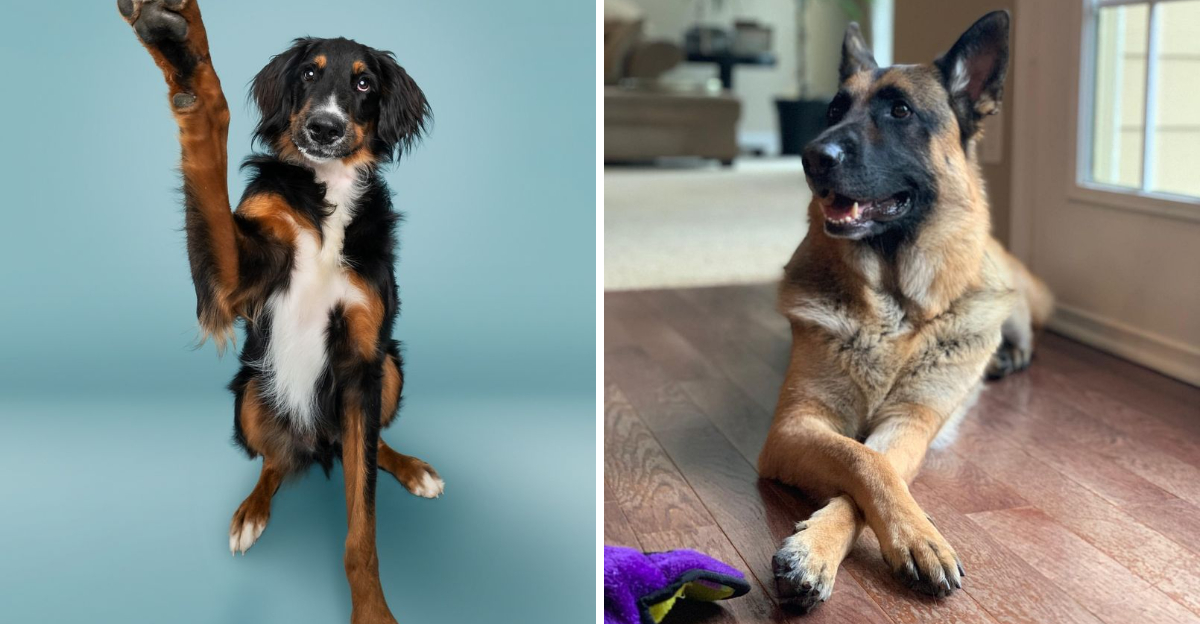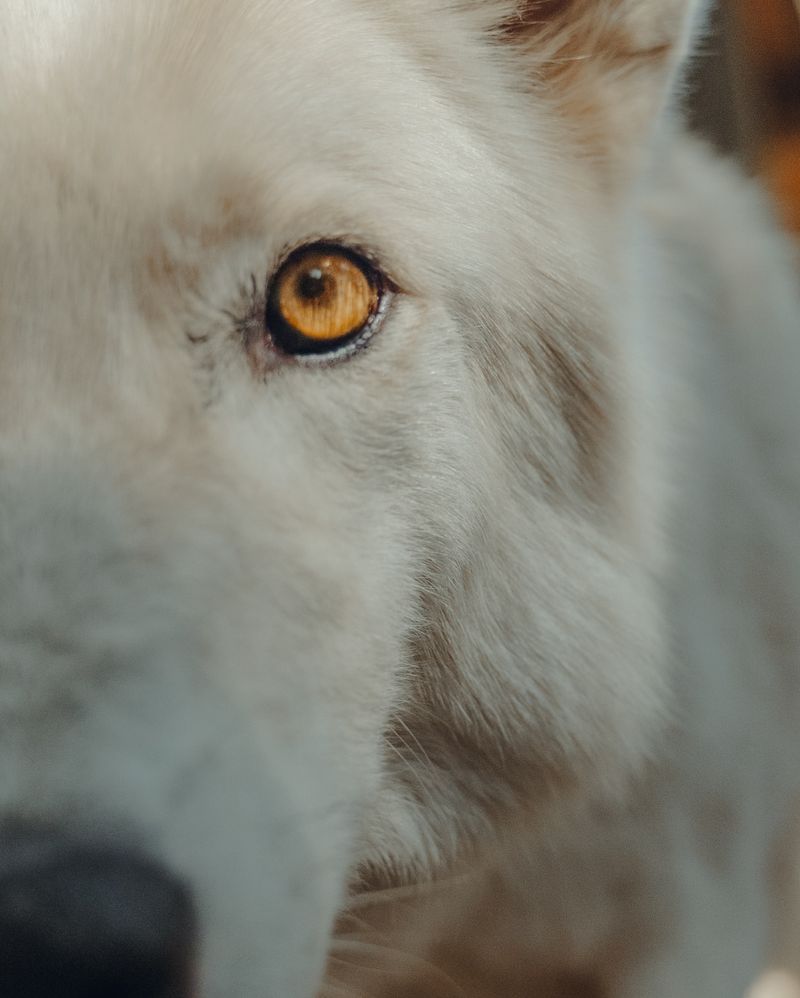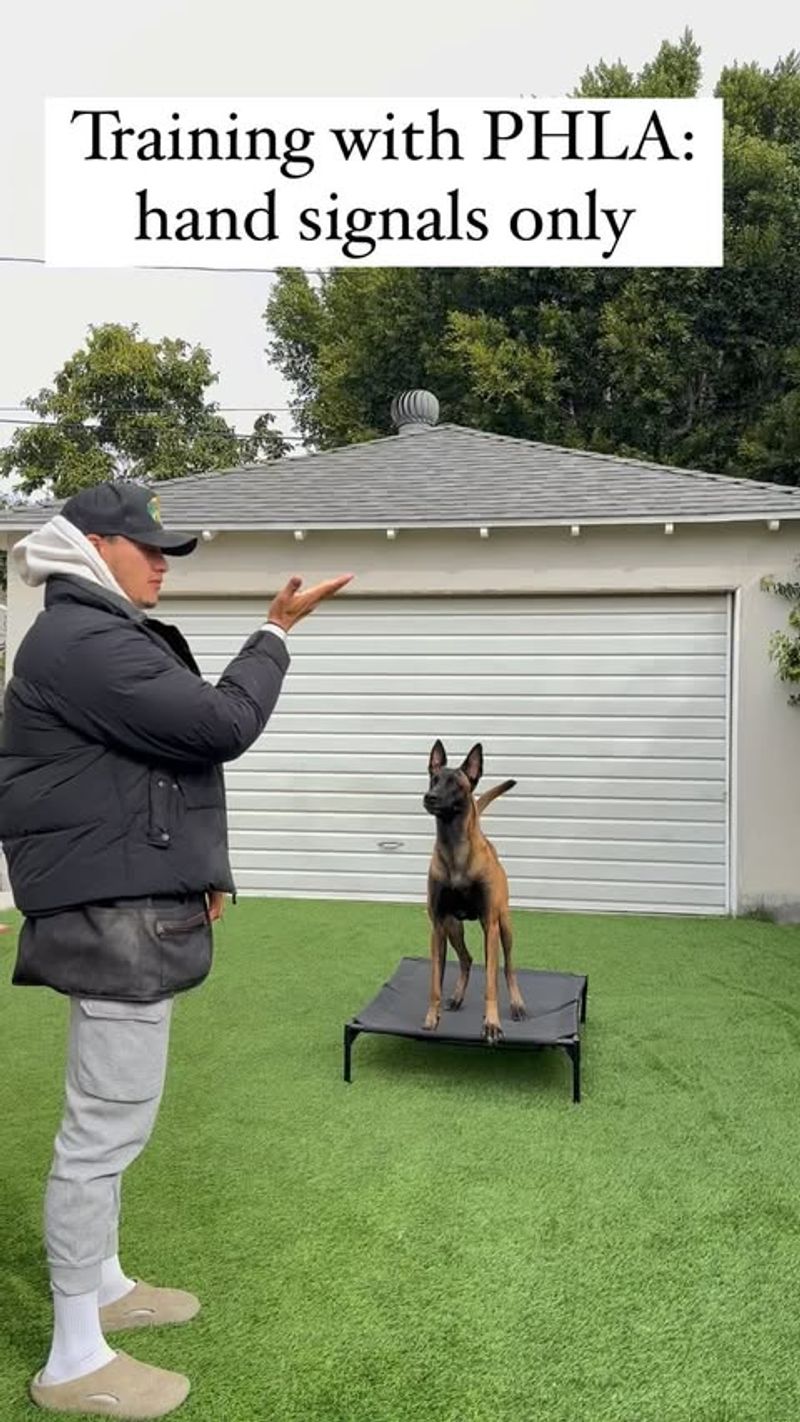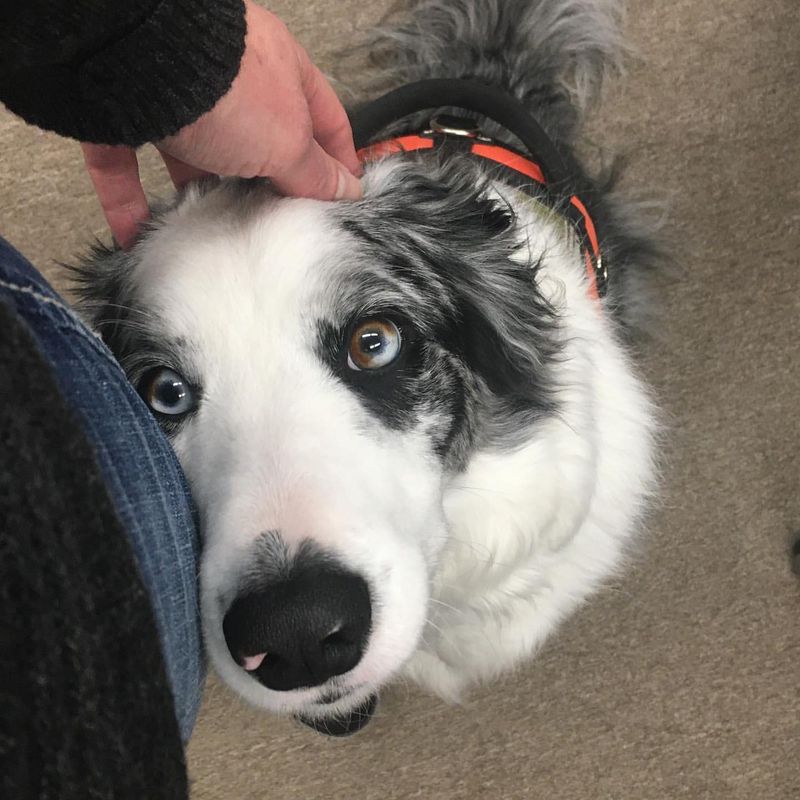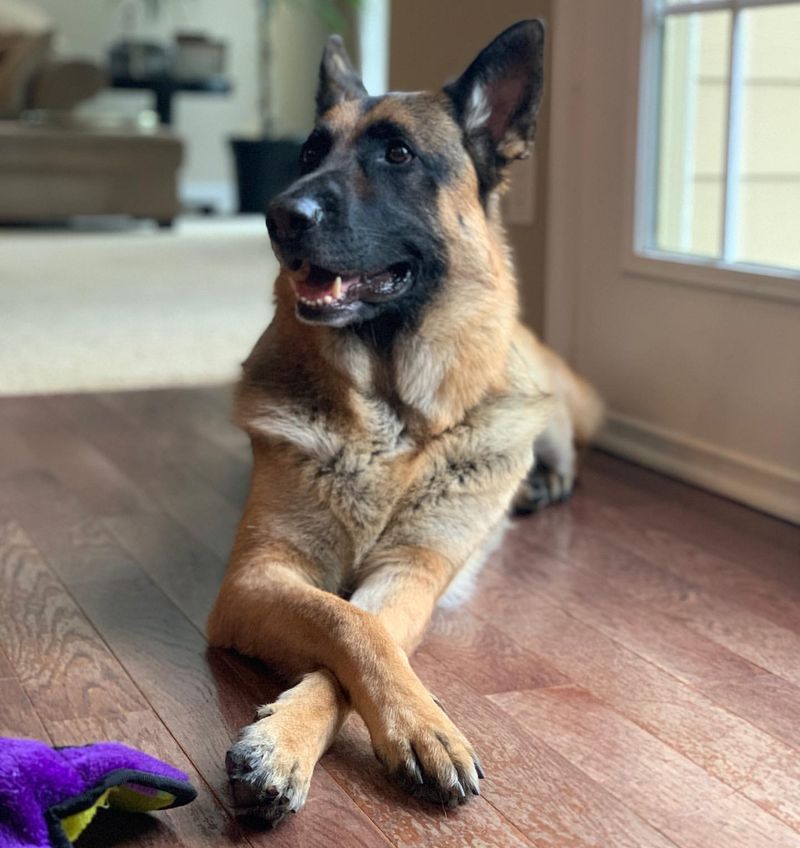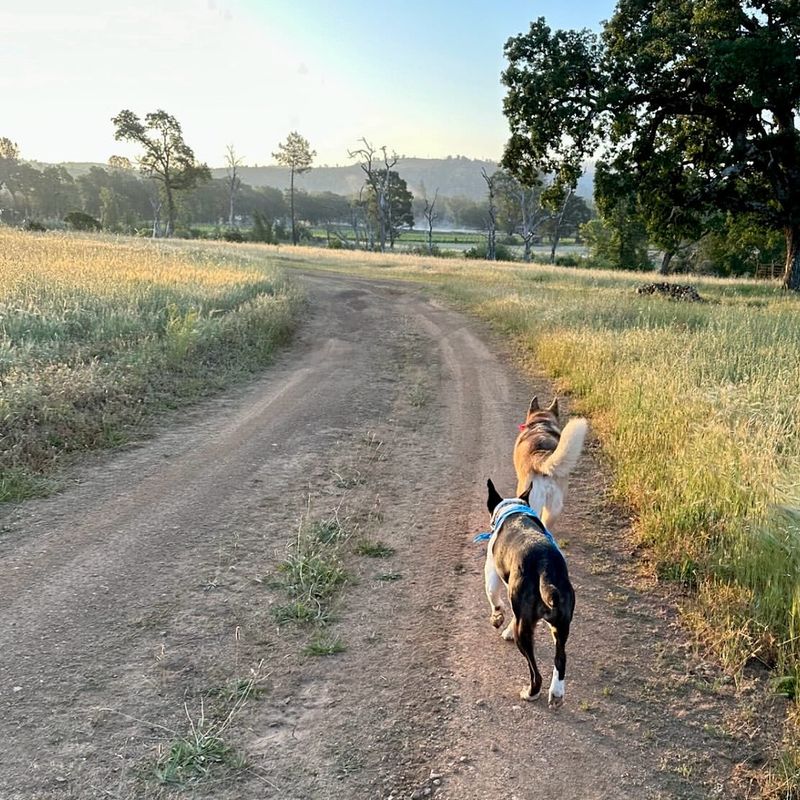Understanding how dogs interpret our movements and body language can greatly enhance our bond with them. Dogs, being highly perceptive animals, have a unique way of reading human gestures, postures, and even subtle cues. This blog post explores twelve fascinating ways dogs understand us through our movements, making interactions more meaningful and enriching for both humans and canines.
Eye Contact
Dogs often interpret direct eye contact as a sign of dominance or aggression. However, a gentle, soft gaze can convey affection and trust. When you maintain eye contact with your dog during play or a walk, it can strengthen the bond between you two. Dogs are adept at reading our facial expressions, and eye contact forms a crucial part of their understanding. In some cases, prolonged eye contact might make a dog uncomfortable, signaling them to look away. Understanding these nuances helps foster a more empathetic relationship with our furry friends.
Pointing
When humans point at objects, dogs instinctively understand that they should direct their attention there. This ability is unique among animals. Training a dog using pointing can be highly effective, as they naturally follow the gesture to find treats or toys. This behavior showcases their intelligence and willingness to cooperate with humans. Dogs can even distinguish between different pointing gestures, like a full arm point or a subtle nod of the head. Recognizing this, owners can use pointing as a communication tool during training and everyday interactions.
Hand Signals
Dogs can be trained to respond to hand signals as effectively as verbal commands. Using gestures like an open palm or a closed fist can cue different actions such as sit, stay, or come. Hand signals are particularly useful in noisy environments where verbal commands might be lost. Many owners find that their dogs respond faster to visual cues than to words. This is because dogs naturally pay close attention to body movements and gestures. Incorporating hand signals into training routines enhances communication and strengthens the human-dog relationship.
Leaning In
When a dog leans against you, it’s often a sign of affection and trust. They interpret leaning in as a way to show love and receive comfort. Similarly, when humans lean towards dogs, it can signal friendliness and openness. Dogs are very sensitive to the personal space of others, so leaning in can be a way to reassure them. Conversely, if a dog leans away, it might indicate discomfort or unease. Understanding and respecting these signals can lead to a more harmonious relationship with your pet.
Turning Away
Turning away from a dog can communicate different messages. In some cases, it’s a way to show disinterest or to calm an excited dog. Dogs often use turning away as a calming signal, indicating that they pose no threat. When you turn your back, a dog might perceive it as a sign to relax and de-escalate tension. This behavior is part of a complex language dogs use to communicate with each other and humans. By recognizing this, owners can manage interactions more effectively and understand their dogs’ responses.
Bending Down
Bending down to a dog’s level is often seen as an invitation to approach. It can make a dog feel more comfortable and less intimidated, especially if the person is large or tall. Dogs appreciate when humans lower themselves to their height, as it shows friendliness and awareness of their space. This gesture is particularly important when meeting new dogs or interacting with timid ones. By getting down to their level, you convey respect and openness, encouraging positive interactions and building trust.
Raised Hands
Raised hands can be interpreted by dogs in a variety of ways. For some, it might signal playtime, while others might see it as a potential threat. The context in which hands are raised is crucial for the dog’s interpretation. If a dog is familiar with raised hands during play, they will likely respond with excitement. However, in unfamiliar situations, this gesture might cause anxiety. Understanding your dog’s past experiences and reactions to raised hands can guide you in using this gesture appropriately and avoiding misunderstandings.
Crossed Arms
Crossed arms can communicate a range of messages to dogs, often depending on the accompanying facial expression and tone of voice. Some dogs might interpret crossed arms as a sign of displeasure or disapproval, especially if they associate it with scolding. However, in a relaxed environment, it might mean the owner is simply at ease or contemplative. Dogs are keen observers of our body language and can adjust their behavior accordingly. By being mindful of how we position our arms, we can better manage the signals we send to our pets.
Yawning
Yawning can be surprisingly communicative in the realm of canine interactions. When a human yawns, dogs might yawn back – a phenomenon known as contagious yawning, which indicates empathy and social bonding. Yawning can also be a calming signal for dogs, showing they are not a threat. If your dog yawns when you do, it’s a sign of their strong connection to you and their ability to empathize. Understanding this subtle form of communication can enrich the way we respond to our dogs’ social cues.
Smiling
Dogs can interpret human smiles in a variety of ways. A genuine, relaxed smile can make dogs feel loved and safe, encouraging them to show affection in return. Dogs might even “smile” back, with their tongues out and tails wagging. However, in some contexts, baring teeth can be confusing, as it resembles canine aggression signals. It’s important to accompany smiles with friendly body language to avoid mixed signals. By understanding this, we can use our smiles to foster warmth and positivity in our interactions with dogs.
Sitting Down
When a person sits down, especially at the dog’s level, it is often seen as an invitation for closeness and interaction. Dogs may perceive this as a signal that it’s time to relax and enjoy companionship. This behavior can be particularly soothing for anxious or shy dogs, as it reduces the intimidating stature of a standing human. By choosing to sit with your dog, you’re offering them a chance to feel more secure and connected. It’s a simple yet effective way to communicate affection and trust.
Walking Away
Walking away can send a strong message to a dog. It might indicate that playtime is over or that the behavior they exhibited was undesirable. Dogs are social animals and often seek to be close to their owners, so walking away can serve as a signal for them to change their actions. This can be a powerful training tool when used appropriately. By understanding the context in which walking away is interpreted, owners can better manage their dogs’ behavior and encourage desired actions.
